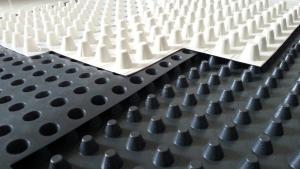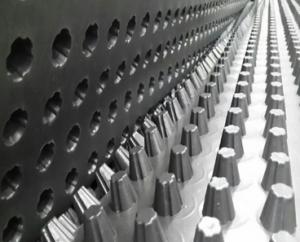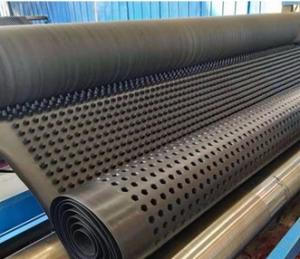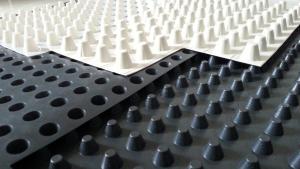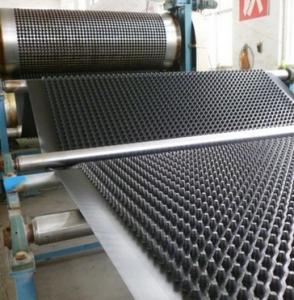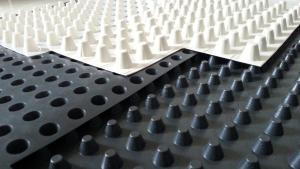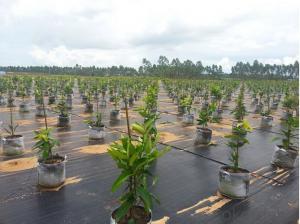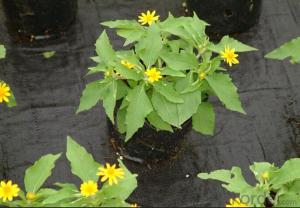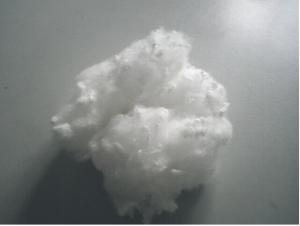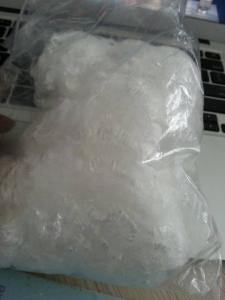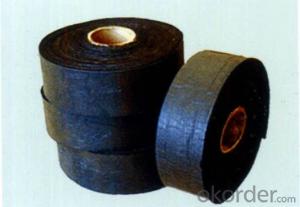HDPE waterproofing drainage board for underground garage
- Loading Port:
- Qingdao
- Payment Terms:
- TT or LC
- Min Order Qty:
- 5000 m²
- Supply Capability:
- 100000 m²/month
OKorder Service Pledge
OKorder Financial Service
You Might Also Like
HDPE waterproofing drainage board for underground garage
1. Introduction
Drainage board is made of HDPE . It's with high impact and pressure resistance which is quite durable.
The long-term pressure resistance not only can stand the weight of concrete bottom plate but also the unavoidable outside pressure and impact force during construction. For example, vehicle, worker stepping, concrete pouring impact force, etc. It can keep bottom plate undeformed for long term.
And with the help of geotextile filter layer , it ensure drainage channel is not blocked by foreign object, such as backfilling particle or concrete.
2. Application
1) Greening project: the garage roof greening, roof garden, vertical greening, football pitches, golf course, etc.
2) Municipal engineering: airport, road embankment, subway, tunnel, landfill, etc.
3) Construction: the upper or lower building foundation, inside and outside the basement wall, floor and roof, roof seepage control and heat insulation layer, etc.
4) Water conservancy project: the reservoir seepage water, reservoir, lake water seepage control, etc.
5) Traffic engineering: highway, railway basement, roadbed, dam and slope protection layer, etc.
3. Specification
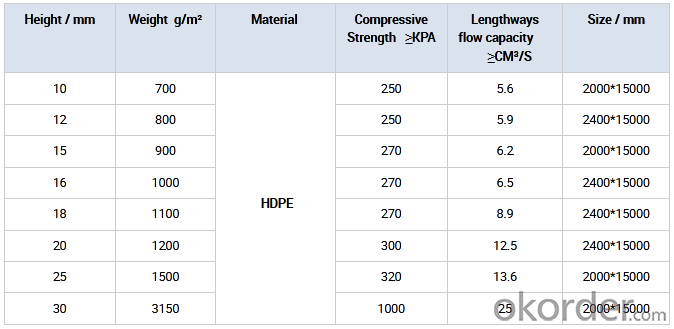
4. Pictures
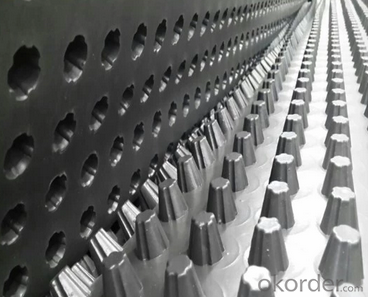
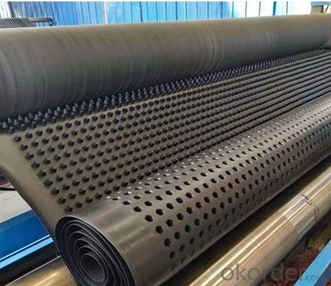

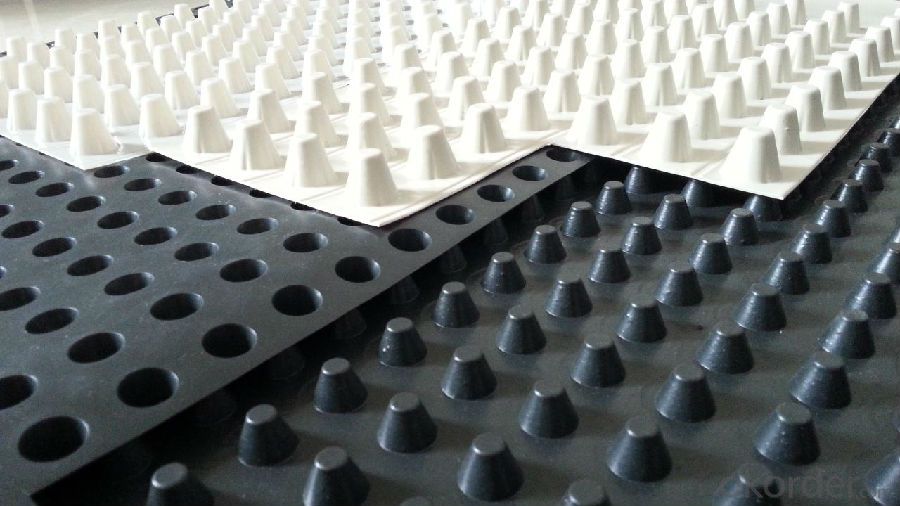
5. FAQ
Q : Why choose us ?
A: We are professional manufacturer ,and we can provide the reasonable price and good service.
Q : Do you provide sample ?Is it free or extra ?
A: Yes,we can provide free sample for quality inspection.According to our company police , you should assume the freight ,and we will return the freight if you place the order.
Q : Can you tell me your main customers ?
A: That's our customers' privacy, we should protect their information.
Q : How about the delivery time ?
A: 7 days after receive the deposit or LC at sight
- Q:What are the different edge profiles available in earthwork products?
- Some different edge profiles available in earthwork products include straight edges, beveled edges, rounded edges, and chamfered edges.
- Q:How do geotextiles aid in soil separation in earthwork applications?
- Geotextiles aid in soil separation in earthwork applications by acting as a barrier between different types of soil layers, preventing their mixing and maintaining their distinct characteristics. This helps in enhancing the stability and performance of the structure being built on top of the soil, as well as preventing erosion and improving drainage.
- Q:How are geosynthetic clay liners used in wastewater treatment?
- Geosynthetic clay liners are used in wastewater treatment facilities as a barrier system to prevent the leakage of contaminants into the environment. These liners are placed beneath the wastewater containment areas to provide an impermeable layer, effectively preventing the seepage of harmful substances into the soil and groundwater. The geosynthetic clay liners combine the properties of clay and synthetic materials to create a highly effective barrier against the migration of wastewater components, ensuring the protection of the surrounding ecosystem.
- Q:What are the different types of geocomposites used in earthwork?
- There are several different types of geocomposites used in earthwork, including geotextile-geogrid composites, geotextile-geomembrane composites, and geotextile-drainage composites. Geotextile-geogrid composites combine the tensile strength of a geogrid with the filtration capabilities of a geotextile. Geotextile-geomembrane composites combine the permeability of a geotextile with the impermeability of a geomembrane. Geotextile-drainage composites combine the filtration capabilities of a geotextile with the drainage capabilities of a drainage core. These different types of geocomposites are used in earthwork to improve soil stability, control erosion, provide drainage, and protect against contamination.
- Q:How do geosynthetic meshes help in soil reinforcement?
- Geosynthetic meshes help in soil reinforcement by providing structural support and enhancing the stability of the soil. These meshes are typically made of synthetic materials such as polyester or polypropylene, which possess high tensile strength. When placed within the soil, they distribute the applied forces and prevent the soil from shifting or collapsing. By improving the soil's mechanical properties and increasing its load-bearing capacity, geosynthetic meshes effectively reinforce the soil and enhance its overall stability.
- Q:How do geocells help in load support for parking lots?
- Geocells are a type of cellular confinement system that helps in load support for parking lots by providing a stable and reinforced base. They are typically made of high-density polyethylene (HDPE) and are filled with compacted soil or aggregate. Geocells distribute the load evenly across a larger area, reducing stress on the underlying soil and preventing rutting and deformation. This reinforcement system enhances the overall structural integrity of the parking lot, increases its load-bearing capacity, and extends its lifespan.
- Q:How do geosynthetic clay liners prevent leakage in landfill caps?
- Geosynthetic clay liners prevent leakage in landfill caps by providing a barrier against the flow of liquids. These liners are made up of layers of bentonite clay sandwiched between geotextile materials. The high swelling capacity of the bentonite clay creates a low-permeability barrier that restricts the movement of water and other fluids, effectively preventing leakage from the landfill cap.
- Q:How are geocells installed for slope stabilization?
- Geocells are installed for slope stabilization by first preparing the slope surface, removing any vegetation or loose soil. Then, the geocells are laid out on the slope, connected and anchored using stakes or other fasteners. The cells are filled with soil, aggregate, or concrete to create a stable foundation. Finally, the cells are covered with erosion control fabric and additional layers can be added for added stability if required.
- Q:What is the purpose of using geocomposites in subsurface drainage systems?
- The purpose of using geocomposites in subsurface drainage systems is to enhance the performance and efficiency of the drainage system. Geocomposites, which consist of a combination of geotextiles and geonets or geospacers, provide a range of benefits such as filtration, separation, and reinforcement. These materials help to prevent clogging of the drainage system by filtering out fine particles, while also facilitating the flow of water through the system. Additionally, geocomposites can improve the overall stability and longevity of the drainage system by providing reinforcement and preventing the migration of soil particles. Overall, the use of geocomposites in subsurface drainage systems helps to ensure effective water management and prevent issues such as soil erosion and waterlogging.
- Q:How do earthwork products enhance soil fertility?
- Earthwork products can enhance soil fertility by providing essential nutrients and organic matter to the soil. These products, such as compost or organic fertilizers, are rich in nutrients like nitrogen, phosphorus, and potassium, which are crucial for plant growth. Additionally, earthwork products improve soil structure, water-holding capacity, and aeration, promoting the growth of beneficial microorganisms and enhancing the overall health of the soil.
1. Manufacturer Overview |
|
|---|---|
| Location | |
| Year Established | |
| Annual Output Value | |
| Main Markets | |
| Company Certifications | |
2. Manufacturer Certificates |
|
|---|---|
| a) Certification Name | |
| Range | |
| Reference | |
| Validity Period | |
3. Manufacturer Capability |
|
|---|---|
| a)Trade Capacity | |
| Nearest Port | |
| Export Percentage | |
| No.of Employees in Trade Department | |
| Language Spoken: | |
| b)Factory Information | |
| Factory Size: | |
| No. of Production Lines | |
| Contract Manufacturing | |
| Product Price Range | |
Send your message to us
HDPE waterproofing drainage board for underground garage
- Loading Port:
- Qingdao
- Payment Terms:
- TT or LC
- Min Order Qty:
- 5000 m²
- Supply Capability:
- 100000 m²/month
OKorder Service Pledge
OKorder Financial Service
Similar products
New products
Hot products
Related keywords
